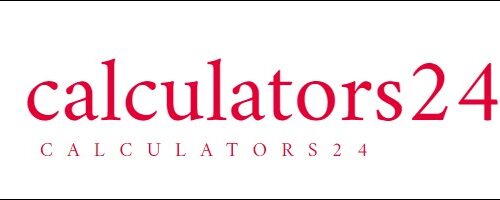Result:
N/A
Exploring the Functionality of Temperature Converters
Temperature Converters: Simplifying Temperature Conversions for Diverse Applications
Temperature converters stand as indispensable tools, offering a practical solution for converting temperatures across various scales. Widely utilized in cooking, scientific research, meteorology, and day-to-day temperature conversions, these tools have become an invaluable resource. Let’s delve into the mechanics of a Temperature Converter to understand how it seamlessly facilitates temperature conversion.
The Anatomy of a Temperature Converter
1. Input Temperature
Users initiate the process by inputting a temperature value into the converter. This value can be expressed in Celsius (°C), Fahrenheit (°F), Kelvin (K), or other temperature scales, providing flexibility for diverse scenarios.
2. Select Source Scale
To refine the conversion process, users specify the source temperature scale from which the input value is derived. Common options include Celsius (°C) and Fahrenheit (°F), ensuring compatibility with a wide range of temperature readings.
3. Select Target Scale
Tailoring the conversion to individual needs, users then choose the target temperature scale to which they want to convert the input value. Popular choices include Fahrenheit (°F), Celsius (°C), and Kelvin (K), allowing for seamless transitions between scales.
4. Conversion Calculation
The heart of the operation lies in the conversion calculation. The Temperature Converter employs specific formulas for each scale to accurately convert the temperature from the source to the target scale. For instance, the formula to convert Celsius to Fahrenheit is given by:
°F = (°C × 9/5) + 32
5. Display Result
Upon completion of the conversion calculation, the converter promptly displays the converted temperature value in the selected target scale. This user-friendly feature ensures accessibility and efficiency in obtaining the desired information.
6. Additional Scales
For more specialized applications, advanced Temperature Converters may offer additional temperature scales, such as Kelvin (K), Rankine (°R), or Réaumur (°Re). This versatility caters to a broader spectrum of scientific and industrial needs.
7. Reverse Conversion
Enhancing user convenience, many converters incorporate a reverse conversion feature, allowing users to effortlessly switch between source and target scales. This capability proves invaluable for scenarios where a reverse temperature conversion is required.
8. Precision
Recognizing the importance of precision, users can often specify the desired level of accuracy for the converted temperature. This may include determining the number of decimal places, providing a customizable experience based on individual requirements.
The Significance of Temperature Converters in Everyday Life
Temperature converters emerge as indispensable tools for everyday use, providing clarity and accuracy in interpreting temperature readings across different units. Whether navigating temperature variations during travel, conducting scientific experiments, or simply following a recipe, a Temperature Converter simplifies the conversion process, ensuring reliable and efficient temperature conversions. Embrace the convenience of these tools to navigate the diverse landscape of temperature scales with ease and precision.
